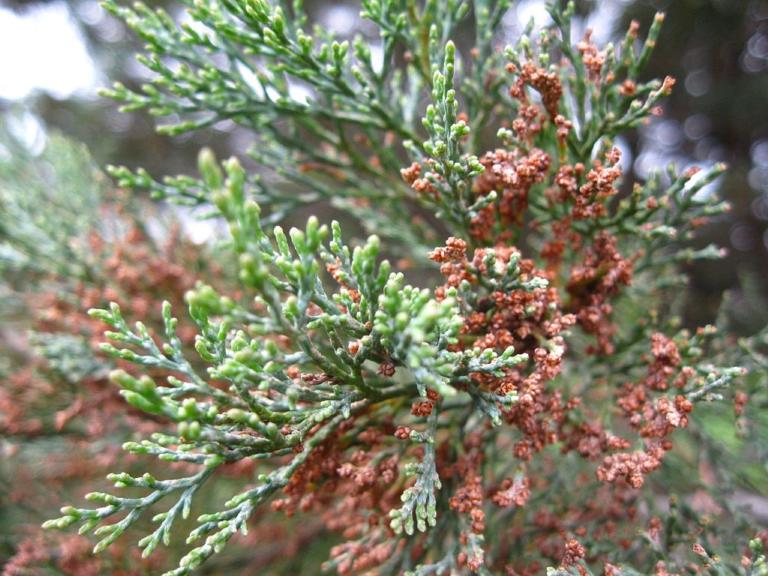
Understanding the adaptation of plant species to potentially lethal drought is critical to help predict the impact of climate events on species distributions and ecosystems.
Background and context
With global warming, many regions of the world are expected to experience longer and more
intense droughts and heatwaves. Understanding the adaptation of plant species to potentially
lethal drought is critical to help predict the impact of climate events on species distributions and
ecosystems. Resistance to drought-induced hydraulic failure is a key trait for trees and shrubs in
this context, and it has been extensively studied in tree species in recent years. However, more
work is needed to fully understand the breadth of variation in this trait, in particular the
adaptations in the water transport system that allows some species to continue transporting
water in extreme conditions of drought and heat. In conifers, a key innovation is the inter-
tracheid bordered-pits, that contain a valve-like mechanism (the torus), that blocks the pit
aperture in case of embolism in one tracheid, protecting the other one to maintain water-
transport. The remainder of the pit membrane (the margo) is extremely porous, allowing for
efficient water flow between tracheids in normal conditions. This torus-margo structure likely
enabled the success of some conifer genera in dry environments. For example, cypress-family
member Callitris grow in extremely arid areas of Australia and hold several world-records for
embolism resistance. However, no study has examined the bordered-pit structure in this group
of arid-adapted species.
Objectives and goals
This project proposes to investigate the xylem anatomy of record drought-tolerant conifer genus
Callitris (~20 species) using light and scanning electron microscopy (SEM). This group of
southern hemisphere cypresses holds multiple world records in embolism-resistance. A
previous study has measured various hydraulic traits (P50, wood density, maximum hydraulic
conductivity, tracheid diameter), however the critical component for drought resistance lies
probably in the inter-conduit pit anatomy and hasn’t been investigated yet. This project aims at
preparing and examining under the microscope samples from this previous study, and looking at
how different anatomical characters relate to the hydraulic parameters measured in this
previous work, and how they explain the evolutionary trends in hydraulic properties in this
genus.
Material tasks and approach
Optical microscopy will be used for measurements of some tracheid level characters (double-
tracheid wall thickness, number of pits per tracheid) and SEM will be used to measure
bordered-pit traits such as pit aperture and torus-overlap. Correlations and phylogenetic
regressions will detail the relationships between these measured characters and hydraulic traits
and climatic origins of ~20 species of genus Callitris.
Requirements
We are looking for a motivated student with a broad interest in functional plant anatomy.
Previous experience with microscopy is a bonus but not essential.
Period and duration
Ca. 6 months, project can start now
Study and level
BSc or MSc project